Brush-tailed rock wallabies flee faster than a Hollywood recluse if they think the papparazzi are in town. But A Recovery Plan for this Ipswich faunal emblem will help ensure the species’ survival.
They were once found along the Great Divide from Nanango to the Grampians, but the brush-tailed rock wallaby is now listed as vulnerable to extinction in Queensland.
Ipswich has been identified as a population stronghold and we have embraced the marsupial as a mascot, both as our faunal emblem and one of three iconic species.
There is little known about this shy species, which likes to live in complex rocky habitat with caves, crevices, steep gullies and suitable cliff faces. Their habitat is naturally fragmented and often highly isolated.
Brush-tailed rock wallabies, or Petrogale penicillata, live in small colonies of less than 12 individuals, They are shy and reclusive, highly cautious around people and during weather events or high winds.
Steep rocky parts of the Teviot Range and the Little Liverpool Range are key areas where you might spot brush-tailed rock wallabies – if you’re lucky.
It takes a few tricks to know if they’re about. One is looking for their ‘scat’ (poo). Another is positioning a wildlife camera with motion sensors in key habitat.
These images were captured on a wildlife camera at Flinders Goolman Conservation Estate.
The Recovery Plan will build on council’s conservation achievements, including the purchase of more than 2200ha of core rock wallaby habitat at Flinders-Goolman Conservation Estate.
Council’s vision is that Flinders Goolman Conservation Estate provides a leading example of co-existence between rock wallaby conservation and visitor usage.
To do that we must consolidate and expand local knowledge of brush-tailed rock wallabies, including population status, habitat and threats, in order to create and deliver a register of actions.
There are many factors that contribute to wallaby survival and our intervention through an extensive and thorough Recovery Plan could not be more vital or timely.
The brush-tailed rock wallaby Recovery Plan actions include:
- Reduction of pest plants, particularly lantana, from foraging areas
- Increasing connectivity between habitat areas
- Monitor and reduce the impact of feral predators
- Support conservation efforts
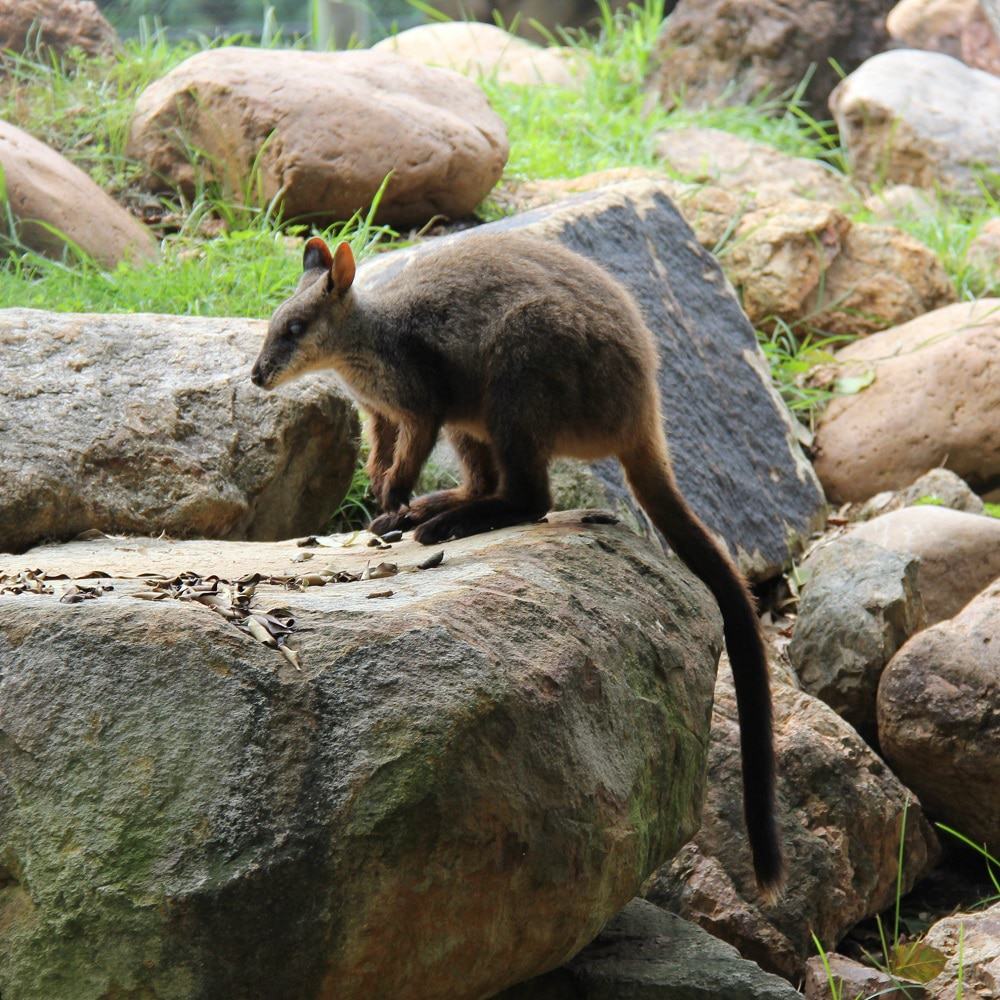
Ipswich Nature Centre at Queens Park has them too – although make sure to check the tree! One of the wallabies has a habit of sitting in the branches.
It’s generally open Tuesday to Sunday.
- Brown fur that is redder on rump and grey on shoulders
- Pale cheek stripe and black stripe from nose to back of head
- Thick bushy tail is prominent

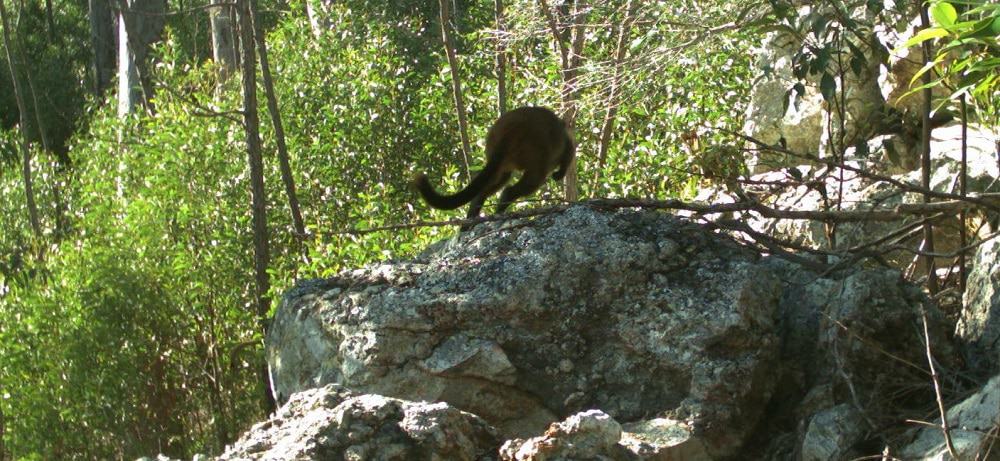
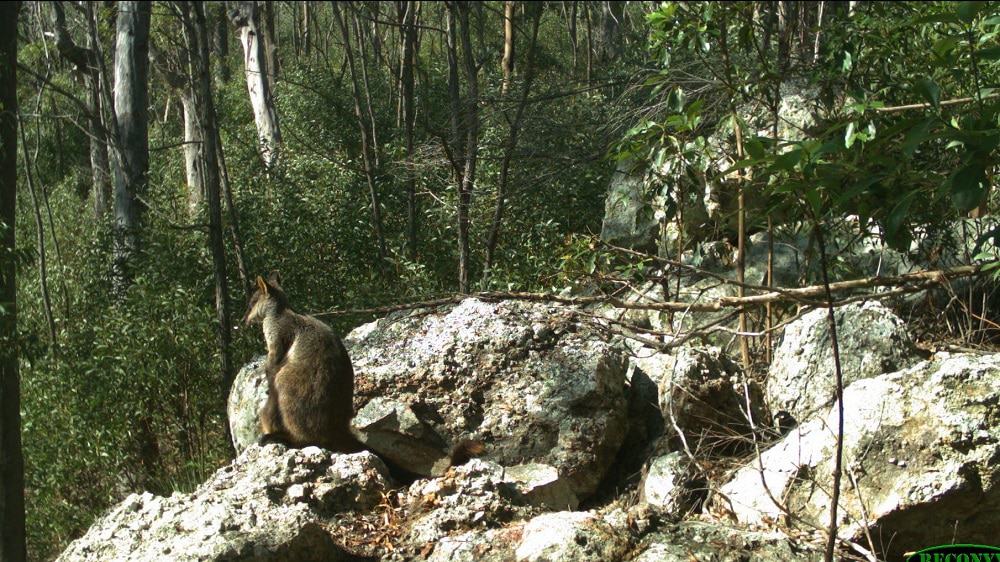
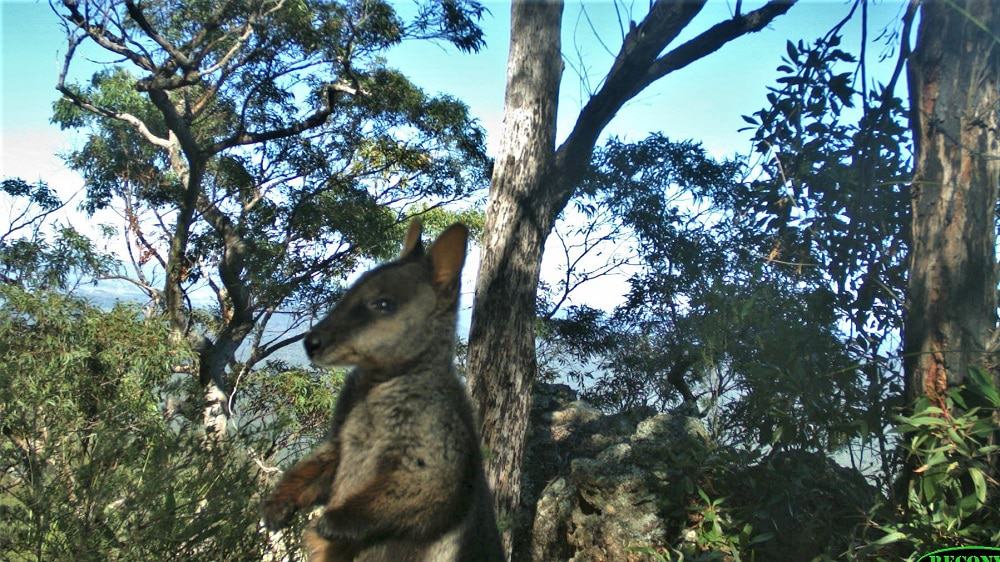
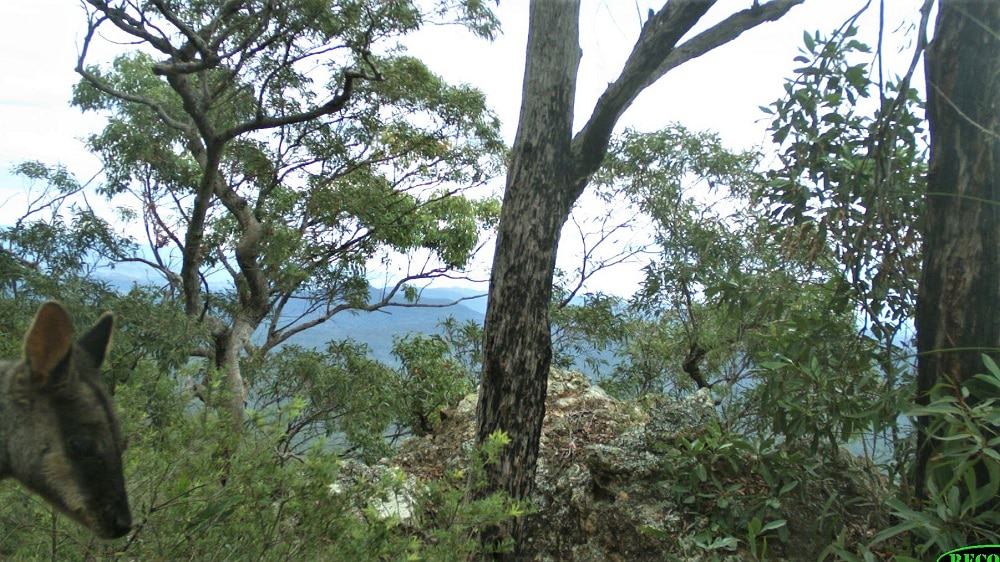
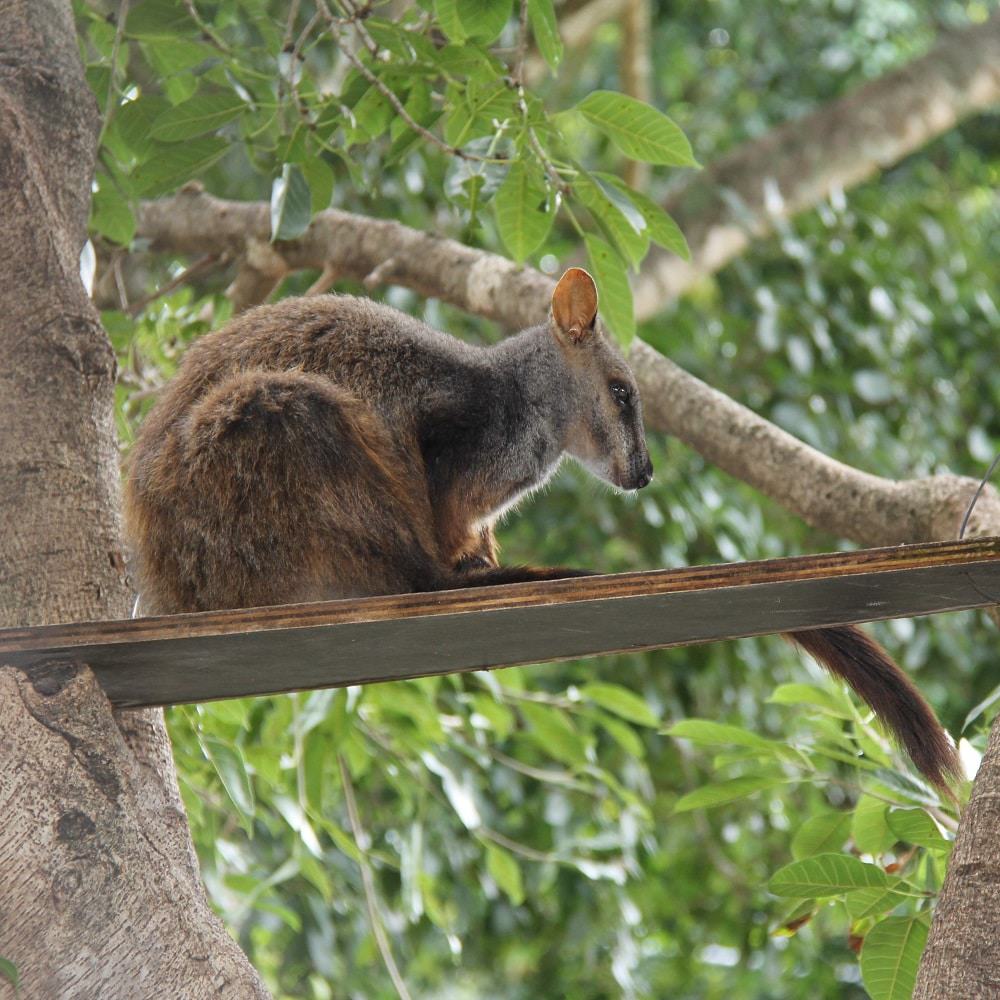

5